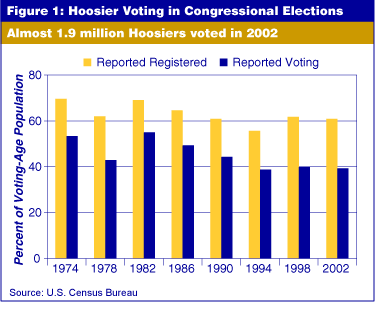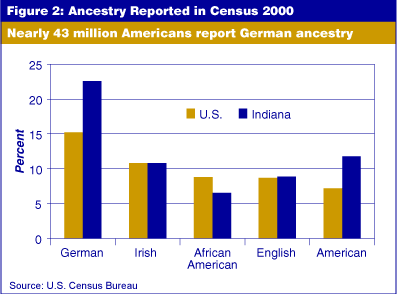The Census Bureau: Aren't They on Vacation Until 2010?
You might think that the Census Bureau does what it does every ten years, but you would be sorely mistaken. Today’s Census Bureau, in addition to taking a census of the population every 10 years, conducts censuses of economic activity and state and local governments every five years. And every year, the Census Bureau conducts more than 100 surveys. Throughout the decade between censuses, demographic and economic surveys are continually conducted to produce a general view and comprehensive study of U.S. social and economic conditions.
The Census Bureau collects information in many other surveys and provides the data to the survey sponsor for release. These sponsors include the Bureau of Justice Statistics, Bureau of Labor Statistics, Bureau of Transportation Statistics, Department of Housing and Urban Development, National Center for Education Statistics, National Center for Health Statistics, National Science Foundation and the Social Security Administration.
So what’s new from the Census Bureau these days?
The U.S. Foreign-Born Population in 2003
Released in August, this survey estimates that the nation’s foreign-born population in 2003 numbered 33.5 million, about 12 percent of the total U.S. population. Among the foreign-born population, 53 percent were born in Latin America, 25 percent in Asia, 14 percent in Europe, and the remaining 8 percent in other regions of the world, such as Africa and Oceania. The 53 percent from Latin America consisted of 37 percent from Central America (including Mexico), 10 percent from the Caribbean, and 6 percent from South America. For more details, the full report is available at www.census.gov/content/dam/Census/library/publications/2004/demo/p20-552.pdf.
Voting and Registration in the 2002 Election
This survey, released in late July, shows that a record number of Americans (for a non-presidential election) registered and voted in the fall of 2002. According to the report, 128 million Americans registered to vote, and 89 million reported that they voted. As seen in Figure 1, about 2.8 million Hoosiers (60.9 percent of the total voting-age population) registered to vote, and almost 1.9 million voted (39.9 percent of the total voting-age population). Details are available on the Web at www.census.gov/population/www/socdemo/voting.html.

German Ancestry Is Still Predominant
Based on the 2000 Census, this new report shows that nearly 43 million people (15.2 percent) identify their ancestry as German (see Figure 2). Other groups include Irish (30.5 million – 10.8 percent), African American (24.9 million – 8.8 percent), English (24.5 million – 8.7 percent), American (20.2 million – 7.2 percent) and Mexican (18.4 million – 6.5 percent). In the state of Indiana, the largest groups include German (22.6 percent), American (11.8 percent), Irish (10.8 percent), English (8.9 percent) and African American (6.5 percent). Find more details at www.census.gov/prod/2004pubs/c2kbr-35.pdf.

Facts for Features: Labor Day 2004
In honor of Labor Day (Sept. 6), the Census Bureau has released facts, figures and trivia about the nation’s workers, 79.2 million men and 68.7 million women strong. Have you ever wondered…
- What percentage of workers in private industry receive a paid vacation
as an employee benefit?
79 percent
- What is the annual median earnings for male and female full-time, year-round
workers?
$39,429 (male) and $30,203 (female)
- What is the most common occupation?
Secretaries and administrative assistants at 3.9 million workers
- How many people hold down two or more jobs?
7.3 million
- How many people are self-employed?
10.3 million
- How many labor union members are there in the United States?
15.8 million
- How many people commute to work between midnight and 6:30 a.m.?
25.4 million
- What percentage of people commute to work alone?
77 percent
- How long is the average commute to work?
24.4 minutes
Visit the Indiana Data Center at the State Library on the Web: www.in.gov/library/isdc.htm.
Frank Wilmot
State Data Center Coordinator, Indiana State Library
